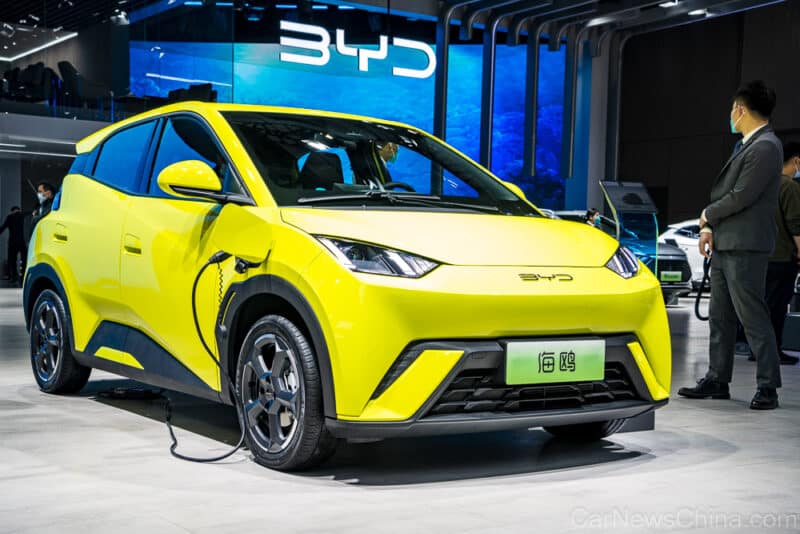According to statistics from Late Finance BYD make an average net profit of 9,000 yuan per car, that’s about 1,250 USD. Tesla on the other hand made over 8,250 USD per car based on net profit of 14.9 billion dollars and sales of 1.81 million cars in 2023. What this clearly shows is that BYD is going after market share rather than profits.
Such tactics are typical among Chinese businesses where a race to the bottom, winner takes all mentality pervades. Good examples have been bicycle sharing schemes, food delivery and to a lesser extent ride hailing schemes. All initially had multiple entrants who then undertook huge discounting and promotions in order to gain market share. With bicycle sharing this largely whittled the competition down to two companies Ofo and Mobike. The result though was that due to relentless competition they had created a business model that was not profitable and neither company exists anymore, although there are still a handful of bicycle sharing companies.
We are seeing a similar story in the Chinese car market where since last year there has been huge discounting from brands. China for a long time has had too many producers and too many brands, and the average factory utilization rate is 59% according to JustAuto. A healthy range is generally considered to be 70-80%.
With NEVs it is rapidly becoming BYD and then everyone else. BYD last year sold 2,706,075 cars in China, the next highest was Tesla at 603,664. By the time you get down to tenth place sales are only 144,155 from Leapmotor. BYD is setting the agenda thanks to its ability to sell large numbers of cars at low prices.
Despite the low profit level in 2023 BYD has actually increased its profit levels over previous years. Since the end of 2019 BYD’s cash reserves have increased by eight times. Before 2021 the net profit per car was actually negative. Although last year’s profit per car was relatively low it was still significantly higher than the 5,600 yuan (750 USD) per car in 2022.
Fast Technology asks the question as to whether car companies want market share or single car profits? BYD has the luxury thanks to economies of scale and its vertical integration to lead when it comes to pricing. For many other companies particularly in the NEV market, but also in the market in general, the single car profit that Fast Technology talks about might literally be one car due to the low sales.
From the beginning of this year BYD has fired a new salvo in the price war and has switched from an NEV the same price as ICE model to NEV cheaper than ICE tactic. Sales for March were the second highest monthly figures achieved by BYD, the highest record being in December 2023, and saw sales once again break the 300,000 level for a month.
Source: Fast Technology



